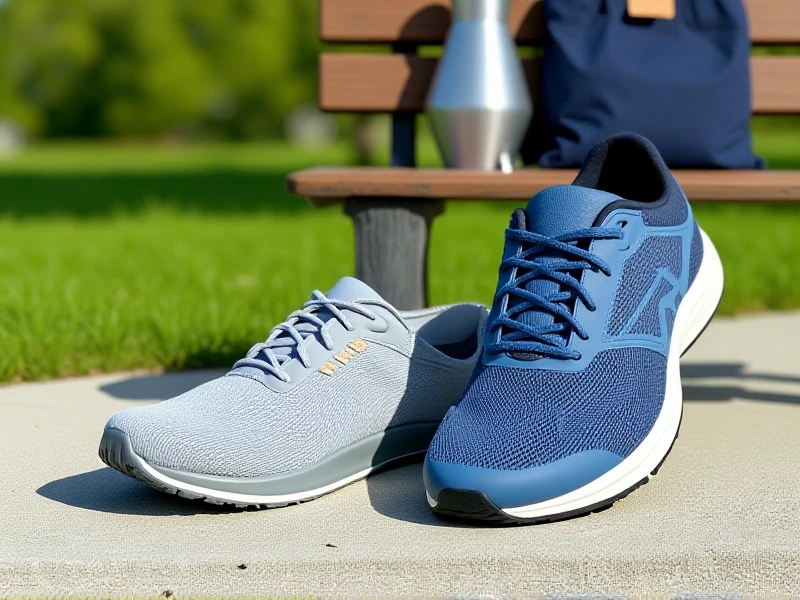
Discover Your Perfect Pair: How to Choose Sports Shoes That Transform Your Game
Finding the ideal sports shoes is about more than just style – it's the foundation of performance, comfort, and injury prevention. Whether you're pounding the pavement, dominating the basketball court, or hitting the football pitch, the right footwear makes all the difference. Sports shoes are engineered specifically for different activities, offering unique support systems, cushioning technologies, and traction patterns. Ignoring this can lead to aches, pains, and diminished results.
Know Your Sport – The First Step Your activity dictates your shoe's essential features. Runners need lightweight sports shoes optimized for forward motion with ample heel-to-toe cushioning (like Nike Pegasus or Brooks Ghost). Basketball demands high-tops or supportive mids offering exceptional ankle support, stability for lateral cuts, and responsive cushioning (think Adidas Harden or Jordan brand models). Football boots require specialized studs for grip on turf. Tennis calls for shoes with durable outsoles for shuffling and pivoting. Match your sports shoes to your primary activity for peak performance.
Cushioning: Striking the Balance Cushioning absorbs impact, protecting your joints from constant stress. But it's not one-size-fits-all.
- Maximal Cushioning (e.g., Hoka Clifton, ASICS Gel-Nimbus): Ideal for long distances or those needing extra joint relief. Provides a plush, soft ride.
- Moderate Cushioning (e.g., Nike React Infinity Run, New Balance Fresh Foam): The sweet spot for many, offering balanced shock absorption without excessive weight.
- Minimalist/Agile (e.g., Nike Free, Altra Escalante): Less cushioning for ground feel and natural foot motion, often preferred for short distances or gym work.
The Critical Importance of Fit Even the best sports shoes fail if they don't fit properly.
- Shop Later: Feet swell during the day; shop in the afternoon.
- Measure Both Feet: Stand while measuring; one foot is often larger.
- Thumb Rule: There should be about a thumb's width (roughly half an inch) between your longest toe and the end of the shoe.
- Width Matters: Snug but not constricting. Heel should be locked down, no slippage. Wiggle room for toes.
- Try Them On: Always try sports shoes with the socks you'll wear for exercise. Walk, jog if possible.
Support and Stability If you tend to overpronate (your foot rolls inward excessively), you'll benefit from stability or motion-control sports shoes (e.g., ASICS Kayano, Brooks Adrenaline GTS). These feature denser materials and specific geometries on the medial (inner) side to guide the foot. Neutral runners with efficient biomechanics can use neutral cushioned shoes.
Don't Forget Longevity Quality sports shoes are an investment. Rotating pairs helps materials decompress. Most running-focused sports shoes last 300-500 miles. Pay attention – increased aches or worn treads signal it's replacement time. Choosing the perfect pair of sports shoes unlocks comfort, enhances performance, and safeguards your body. Invest the time to understand your needs, prioritize fit and function, and experience how the right gear elevates every step and stride. Step into your potential!